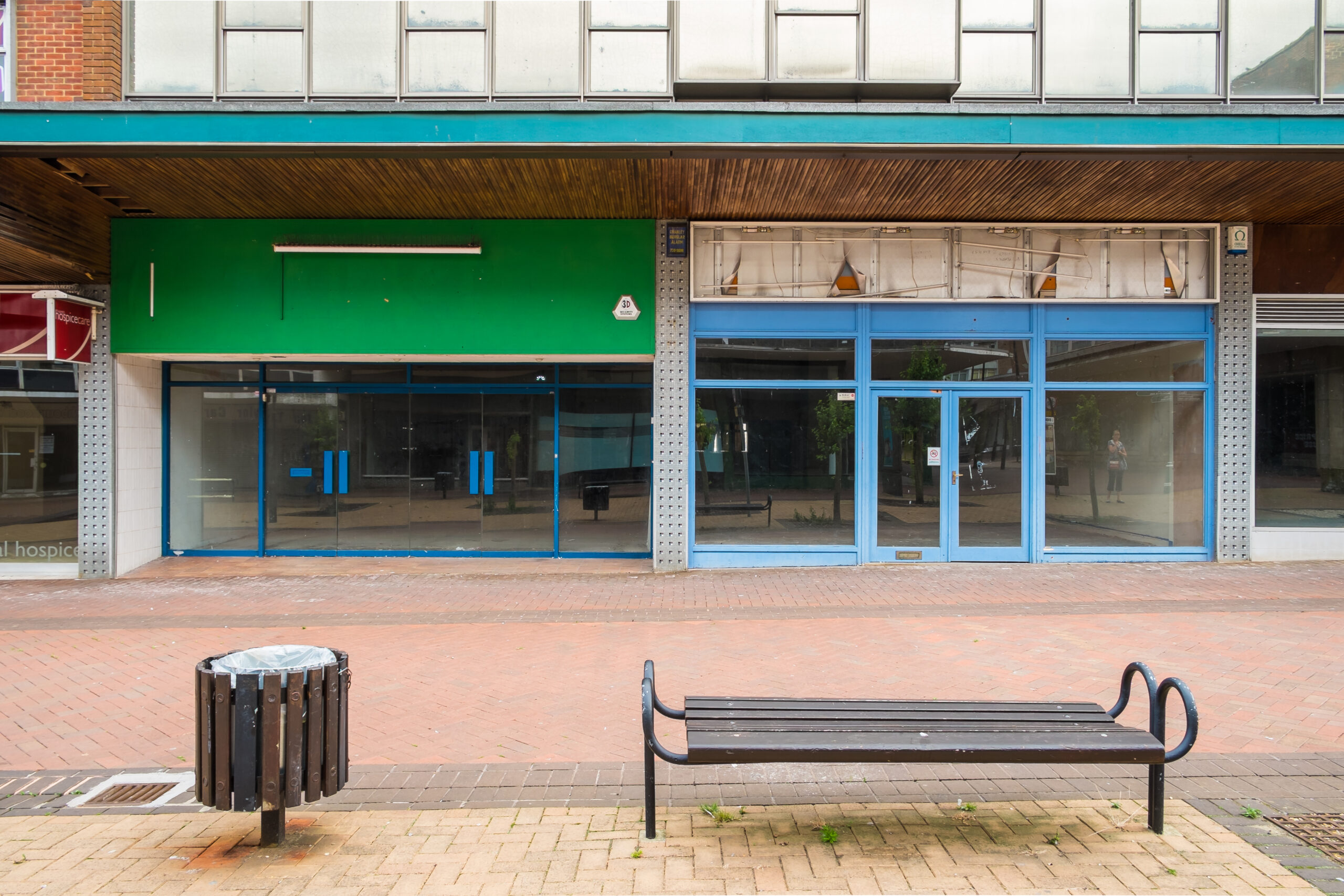Household Bills
6,000 storefronts lost in the UK in just five years

A total of 6,000 storefronts have been lost in the UK over the past five years due to the Covid lockdowns and punitive business rates, according to a major trade organisation.
Figures from the British Retail Consortium (BRC) revealed that for the second quarter for this year, the unit vacancy rate increased to 13.9%. This was 0.1% worse than for the first quarter, but a small improvement year-on-year.
Shopping centre vacancies for the second quarter remain unchanged compared to the first three months for this year at 17.8%. There was better news for retail park vacancies as they fell by 8.1% for the second quarter of this year, which was a quarter-on-quarter improvement of 0.6%.
Regional disparities were also found by the BRC. Greater London, the Southeast and East of England all had the lowest vacancy rates, in contrast the highest rates were witnessed in the Northeast, followed by Wales and Scotland.
Government needs business rates review
Helen Dickinson OBE, Chief Executive of the British Retail Consortium, said: “The past five years saw Britain lose 6,000 retail outlets, with crippling business rates and the impact of the Covid lockdowns a key part of decisions to close stores and think twice about new openings.
“The North and Midlands continue to see the highest amount of empty storefronts. London’s vacancy rate remains the lowest, improving over the last quarter thanks to the opening of new flagship stores, more office workers, and tourists visiting the capital.
“To inject more vibrancy into high streets and town centres, and prevent further store closures, Government should review the broken business rates system. Currently, there’s an additional £400m going on retailers’ bills next April, which will put a brake on the vital investment that our towns and cities so desperately need.”
“The Government announcement earlier in the week about making changes of use to vacant units easier is welcome but it’s important local councils have a cohesive plan, and don’t leave gap-toothed high streets that are no longer a customer destination and risk becoming inviable. Government should go one step further and freeze rates bills next year. ”
Meanwhile Lucy Stainton, the commercial director, of the Local Data Company, reflected: “The headline findings from the second quarter are unlikely to have come as a surprise to anyone, with economic pressure from rising interest rates and inflation already mounting as the year began.
“The economic headwinds that have made the headlines have filtered into the data, reflected in a slight rise in the overall vacancy rate. The high street has seen some of the most notable impacts, with rising rents and increased competition putting pressure on small and independent businesses, who may struggle to meet high operating costs.”